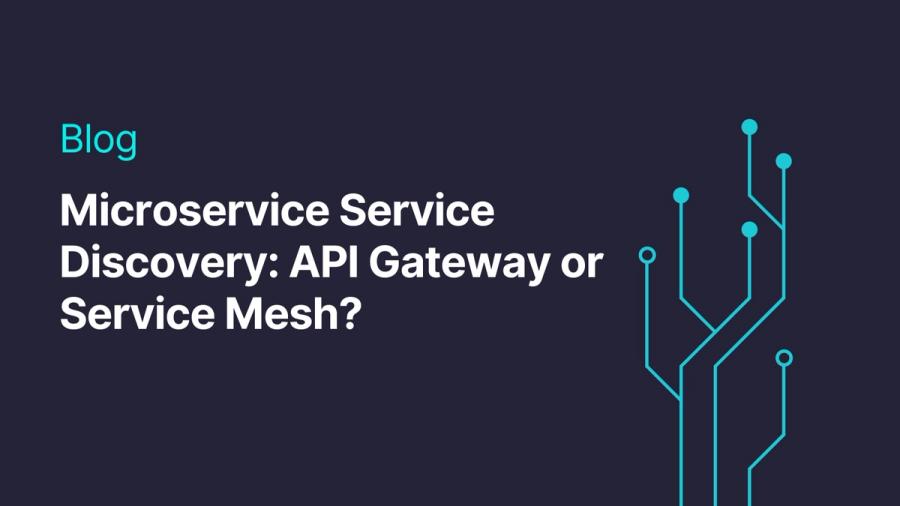
Kubernetes API Gateway
When managing cloud-native connectivity and communication, there is always a recurring question of which technology is preferred for handling how microservice-based applications interact. “Should I start with an API gateway or use a Service Mesh?”.
When discussing both technologies, we refer to the end-user’s experience achieving a successful API call within an environment. Ultimately, these technologies can be classified as two pages of the same book, except they differ in how they operate individually. Understanding the underlying differences and similarities between both technologies in software communication is essential.
In this article, you will learn about service discovery in microservices and when to use a Service Mesh or API gateway.
February 23, 2024 | 18 min read
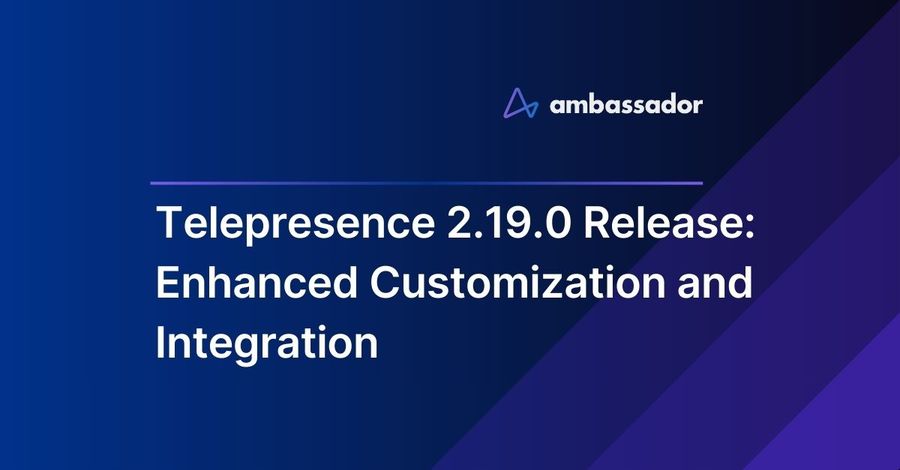
Telepresence
Telepresence bridges the gap between your local environment and remote Kubernetes clusters, allowing you to develop and debug services as if they were running directly on your machine. Imagine the time saved by avoiding repeatedly building, pushing, and deploying container images just to see changes!
With the latest version of Telepresence, developers can experience even more tools for seamless remote-to-local development.
Customizing Your System Tray
February 20, 2024 | 3 min read
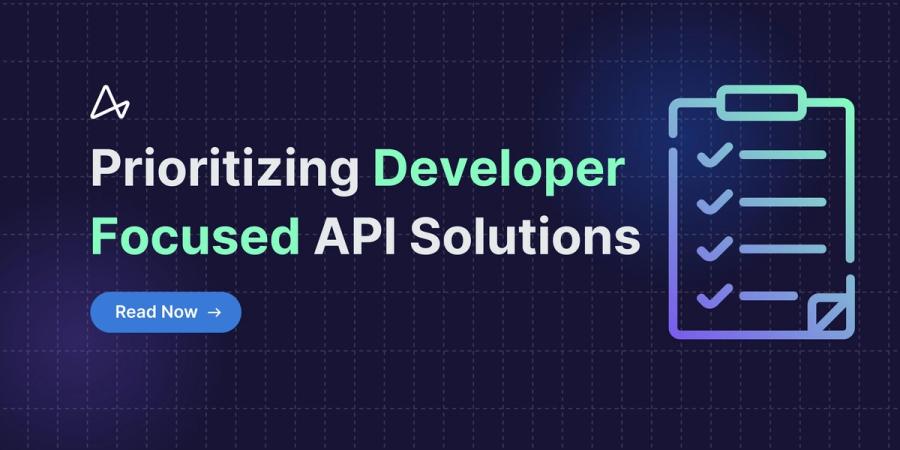
Kubernetes API Gateway
APIs have become the backbone of development and innovation. As the conduits through which applications communicate and exchange data, APIs are more than just a technical necessity; they are strategic assets that can drive business growth, enhance customer experiences, and build success.
However, the increasing complexity and diversity of development environments have made API management challenging. Traditional, one-size-fits-all monolithic API solutions are now inadequate in meeting the specific needs of modern enterprises. This is particularly evident in environments leveraging containerization and orchestration tools like Kubernetes, where the dynamics of API management take on a whole new dimension.
The need for specialized, developer-centric API solutions that holistically evaluate a developer’s end-to-end experience has never been more pronounced. As businesses strive to keep up with the pace of technological advancements, the demand for APIs that are not only robust and reliable but also tailored to specific operational contexts is on the rise. Such developer-focused solutions promise enhanced performance, superior security, and scalability that generic API solutions struggle to provide. These solutions still encompass the entirety of the API lifecycle, but they do it with a developer-first approach.
February 8, 2024 | 11 min read
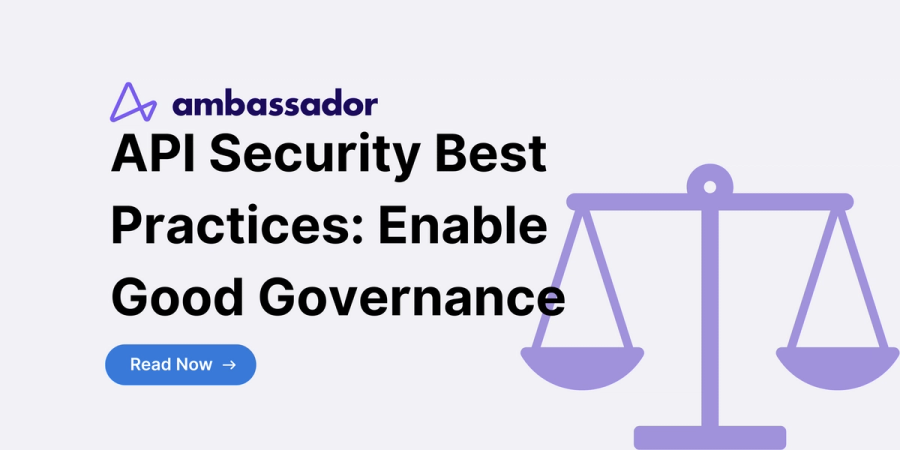
Kubernetes API Gateway
APIs provide the foundation for delivering digital and automation efforts. It has never been easier to construct and deploy APIs at scale, allowing businesses to build what they need when they need it. API governance guarantees that API quality and security are constant across the design and deployment processes. However, we frequently find API governance as a barrier to product delivery. Without effective governance, the APIs we construct and utilize to build a modular company become the weak link that exposes data.
In this article, we will cover what API governance is, how it may help your organization, how to govern APIs and some API security best practices for API governance.
What is API Governance, and How do You Best Govern APIs?
February 6, 2024 | 10 min read
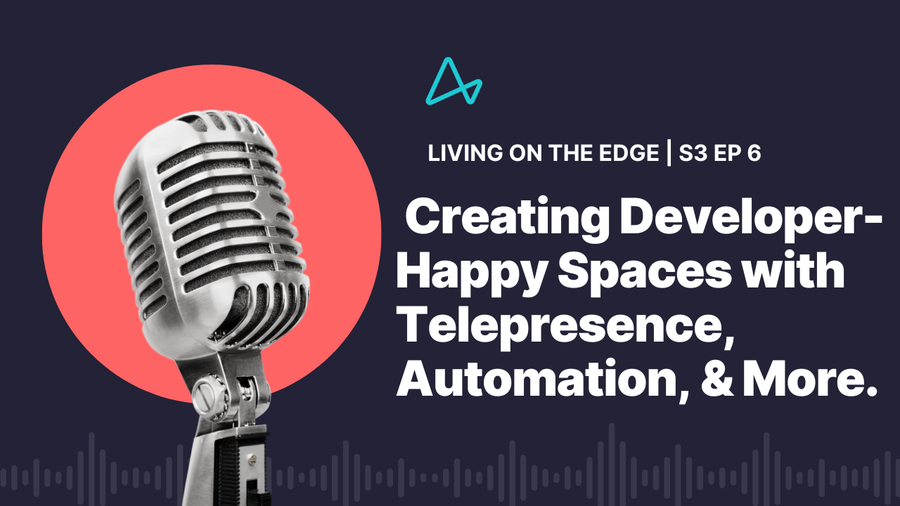
Telepresence
Podcast Interview with Xavier Portilla Edo, Infrastructure Team Lead at Voiceflow
On the latest Livin' On the Edge podcast episode, I interviewed Xavier Portilla Edo, Cloud and Infrastructure Team Lead from Voiceflow, a Canada-based company focused on a collaborative conversation design platform where conversational AI product teams design, test, and ship chat and voice assistants.
"I'm working here as a Head of Cloud, and my team is managing everything that is related to the Cloud," said Xavi. "Managing all the terraform code, managing the CI/CD pipelines... everything related to data modeling and all that stuff that is under my team, so it’s critical that we create a developer-friendly environment."
February 1, 2024 | 6 min read
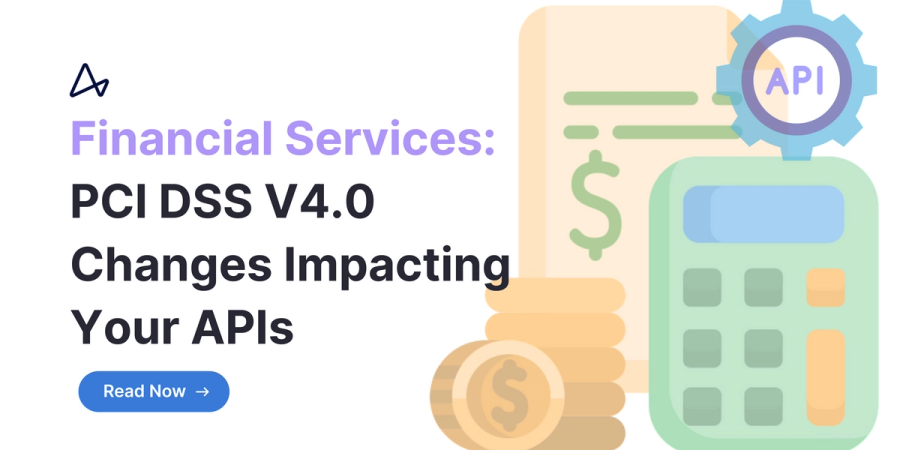
Kubernetes API Gateway
In today's digital economy, APIs have become the backbone of the financial services industry. They act as critical components, enabling seamless interactions between financial systems, applications, and third-party services. These interactions range from payment processing to data sharing, playing a vital role in the functionality and efficiency of modern financial services. However, with this increased reliance on APIs comes a heightened need for stringent security measures. The financial sector, being a prime target for cyber threats, requires robust security protocols to protect sensitive data, particularly cardholder data, which is where the Payment Card Industry Data Security Standard (PCI DSS) V4.0 comes into play.
PCI DSS V4.0 marks a significant shift in the landscape of financial data security. Building upon its predecessor, V3.2.1, this latest version introduces a raft of new and updated requirements aimed at better protecting cardholder data in an increasingly complex digital world. For organizations handling this data, particularly those leveraging API technology, understanding and implementing these changes is not just about compliance; it's about safeguarding their future.
Automated Technical Solutions for Web-Based Attacks (Requirement 6.4.2):
January 29, 2024 | 5 min read











